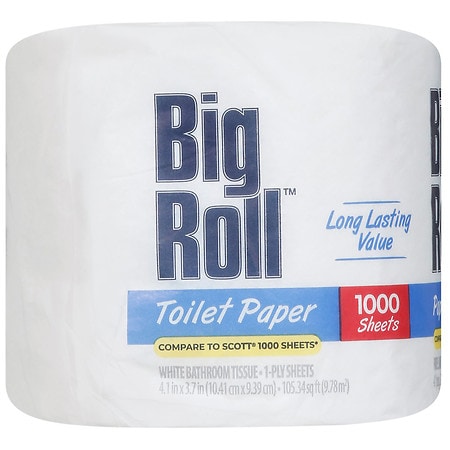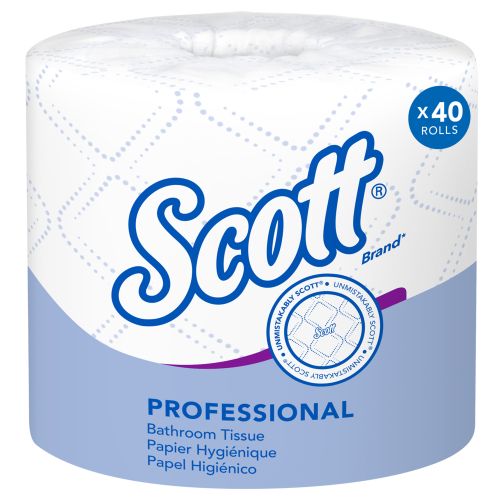Tissue paper is a household staple that we often take for granted. From wiping our noses to cleaning spills, this thin sheet of material plays an essential role in our daily lives. However, have you ever wondered about the history and evolution of tissue paper? Or the different types available and how they are made? In this comprehensive guide, we will dive into the world of tissue paper and explore its uses, manufacturing process, environmental impact, and more.
toilet tissue: A Comprehensive Overview

Perhaps the most well-known type of tissue paper is toilet tissue, also known as toilet paper. This soft yet strong paper is used to clean the anus and vulva after defecation or urination. It is an essential part of personal hygiene and has become a household necessity in many parts of the world.
The History and Evolution of Tissue Paper
The earliest tissues were made from papyrus, a plant found in ancient Egypt. Papyrus was used for various purposes, including writing, painting, and even making rope. However, the first recorded use of toilet paper was in 6th century China during the Tang Dynasty. Chinese emperor Yang Hu invented a 2-foot square of scented tissue paper for his personal use. Later on, the Chinese started using paper made from mulberry bark for hygiene purposes.
In the 13th century, paper as we know it today was invented in China. Made from the pulp of trees, it was much more durable than papyrus and quickly became the preferred material for making tissues. In the 19th century, the first commercial toilet paper was produced by Joseph Gayetty in the United States. It was made from recycled paper and sold in individual sheets. In 1857, Seth Wheeler invented the first perforated toilet paper roll, which revolutionized the industry. Today, toilet paper is made from a variety of materials, including recycled paper, bamboo, and wood pulp.
Different Types of Tissue Paper and Their Uses
Tissue paper is made from a variety of materials such as paper, cloth, and nonwoven materials. Each type has its unique properties and uses. Here are some of the most common types of tissue paper:
- Toilet Tissue: As mentioned earlier, toilet tissue is used for personal hygiene purposes. It comes in various forms, including single-ply, double-ply, and even scented options.
- Facial Tissue: Facial tissue, also known as “kleenex,” is designed to be used on delicate facial skin. It is softer and more gentle than regular tissue paper and is often infused with lotion to provide extra moisture.
- Napkins: Napkins are a type of tissue paper used for wiping hands and mouths during meals. They can be made from paper, cloth, or nonwoven materials and come in various sizes and designs.
- Paper Towels: Paper towels are thicker and more absorbent than regular tissue paper, making them ideal for cleaning up spills and messes.
- Wrapping Tissue: Wrapping tissue is a lightweight and delicate type of tissue paper used for packaging fragile items. It is commonly used to wrap gifts or protect delicate objects during shipping.
- Craft Tissue: Craft tissue is a thin and colorful tissue paper used for arts and crafts projects. It is often used for creating paper flowers, gift wrapping, and other decorative purposes.
The Manufacturing Process of Tissue Paper

Tissue paper is primarily made from wood pulp, which is a mixture of cellulose fibers extracted from hardwood and softwood trees. The process of turning these fibers into tissue paper involves several steps, including pulping, washing, bleaching, and drying.
Pulping
The first step in the manufacturing process is pulping, where the wood chips are turned into a slurry of fibers. The chips are boiled in water to soften them, and then they are mechanically or chemically broken down into smaller pieces. This process helps to separate the cellulose fibers from the lignin, a natural glue that holds the wood together.
Washing and Bleaching
After pulping, the pulp is washed to remove any debris or impurities. Then, it goes through a bleaching process to make the paper white. The bleaching process involves using hydrogen peroxide or chlorine dioxide to remove any leftover lignin and brighten the color of the pulp.
Drying and Creping
Once bleached, the pulp is fed into large machines called paper machines. These machines form the pulp into thin sheets and add any desired colors or patterns. Next, the tissue paper is sent through a dryer, where heat is used to evaporate water and strengthen the fibers. Finally, the paper goes through a process called creping, which gives the tissue its characteristic softness and absorbency.
Cutting and Packaging
After creping, the tissue paper is cut into rolls of various sizes and packaged for shipping. Some manufacturers also emboss or perforate the tissue paper during the cutting process to give it additional texture and strength.
The Environmental Impact of Tissue Paper

Tissue paper production has a significant impact on the environment, primarily due to the use of trees and chemicals in the manufacturing process. According to the World Wildlife Fund, about 27,000 trees are cut down daily to produce toilet paper alone. Additionally, the bleaching process can release harmful chemicals into the air and water supply, leading to pollution and environmental damage.
However, there have been efforts to make tissue paper production more sustainable. Many companies now use recycled materials in their products, reducing the need for cutting down trees. Also, some manufacturers have switched to alternative sources of pulp, such as bamboo, which is a more sustainable and rapidly renewable resource.
Tissue Paper in the Healthcare Industry
Tissue paper has many applications in the healthcare industry. In hospitals and clinics, tissue paper is used for everything from wiping patients’ faces to cleaning medical equipment. It is also used as a barrier between patients and examination tables or as a cover for surfaces during procedures.
In addition to its use in healthcare facilities, tissue paper is also essential in personal hygiene products such as sanitary pads, diapers, and wipes. These products often use soft, absorbent tissue paper to provide comfort and cleanliness.
Tissue Paper in the Food Industry
Tissue paper is widely used in the food industry for packaging and wrapping food items. Wrapping tissue is commonly used to wrap meat, cheese, and other deli items. Additionally, tissue paper is used in fast-food restaurants to line trays and to-go bags, keeping the food clean and preventing it from sticking to the container.
Innovations in Tissue Paper Technology
As consumer demand for environmentally friendly products increases, tissue paper manufacturers have been investing in new technologies to create sustainable options. One such innovation is the production of “tree-free” tissue paper made from alternative materials like bamboo, wheat straw, and bagasse (a byproduct of sugarcane processing). Not only are these materials more sustainable, but they also produce softer and more absorbent tissue paper.
Another technology gaining popularity is the use of reusable or washable tissue paper. These tissues are made from soft, absorbent fabrics and can be washed and reused multiple times, reducing waste. While not as widely available as traditional tissue paper, these products are becoming more popular among eco-conscious consumers.
The Future of Tissue Paper
The future of tissue paper is focused on sustainability and innovation. As consumers become more environmentally aware, there will likely be a growing demand for sustainable tissue paper products made from alternative sources. Additionally, advancements in technology will continue to improve the strength, softness, and absorbency of tissue paper, making it more versatile and efficient.
Conclusion
In conclusion, tissue paper is a versatile and essential product that has come a long way since its early days as papyrus. From its humble beginnings in ancient Egypt to its various uses in modern society, tissue paper has played a significant role in our daily lives. As we move towards a more sustainable future, the tissue paper industry must continue to prioritize innovation and eco-friendliness to meet the changing demands of consumers. So the next time you reach for a tissue, remember the journey it took to get from a tree to your hand.